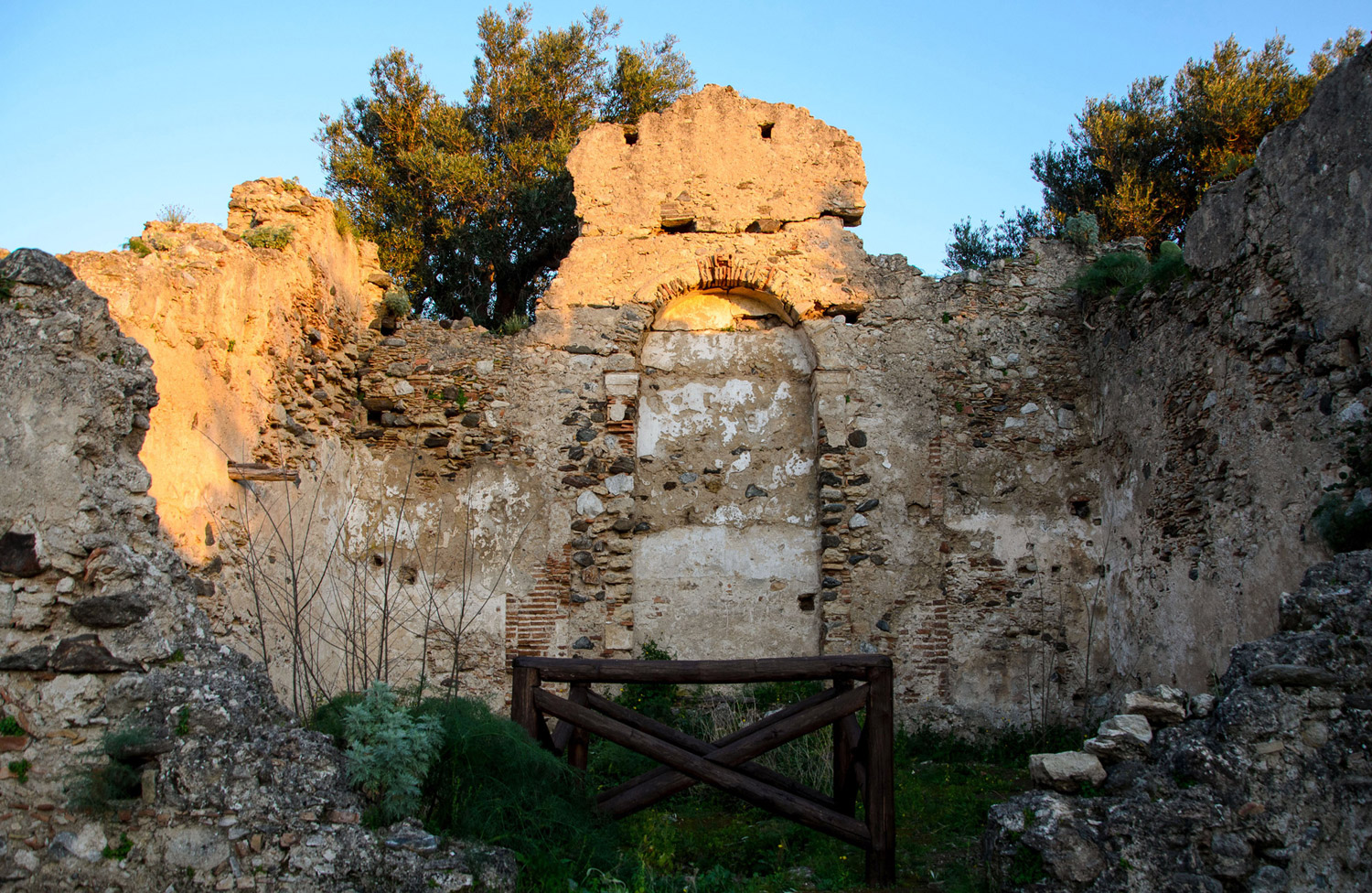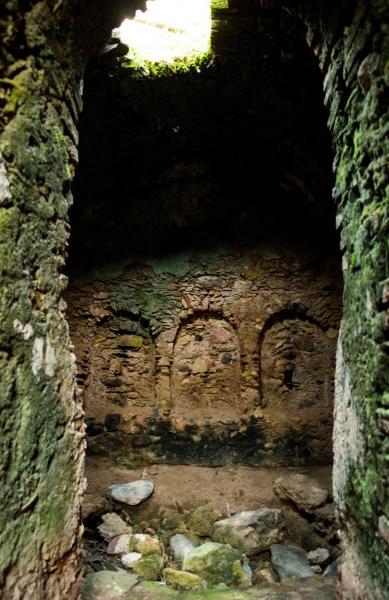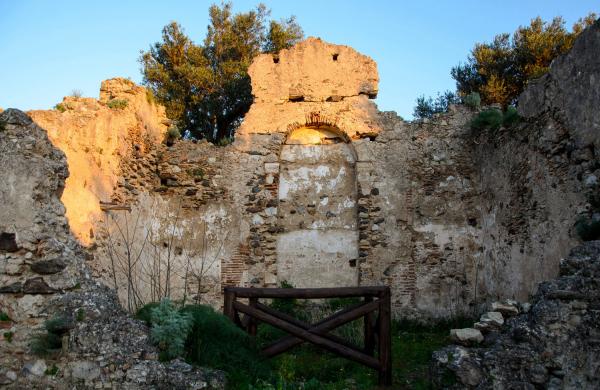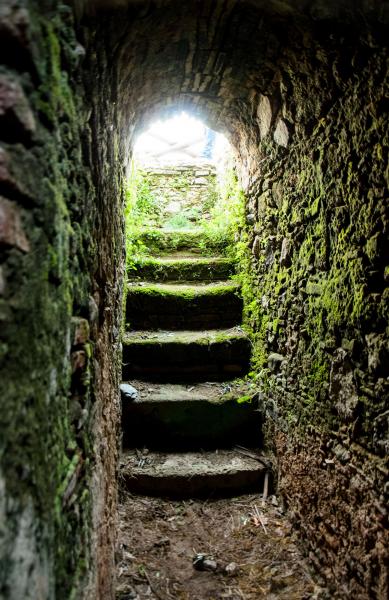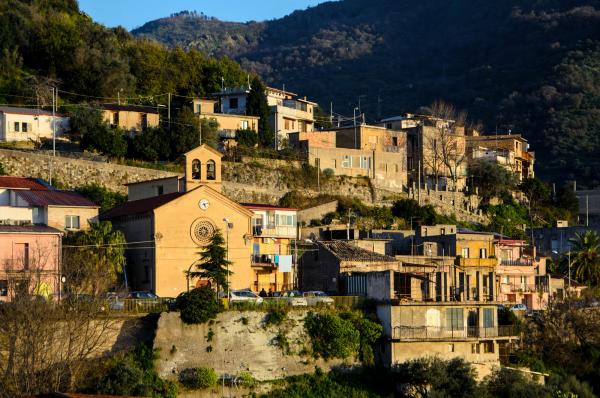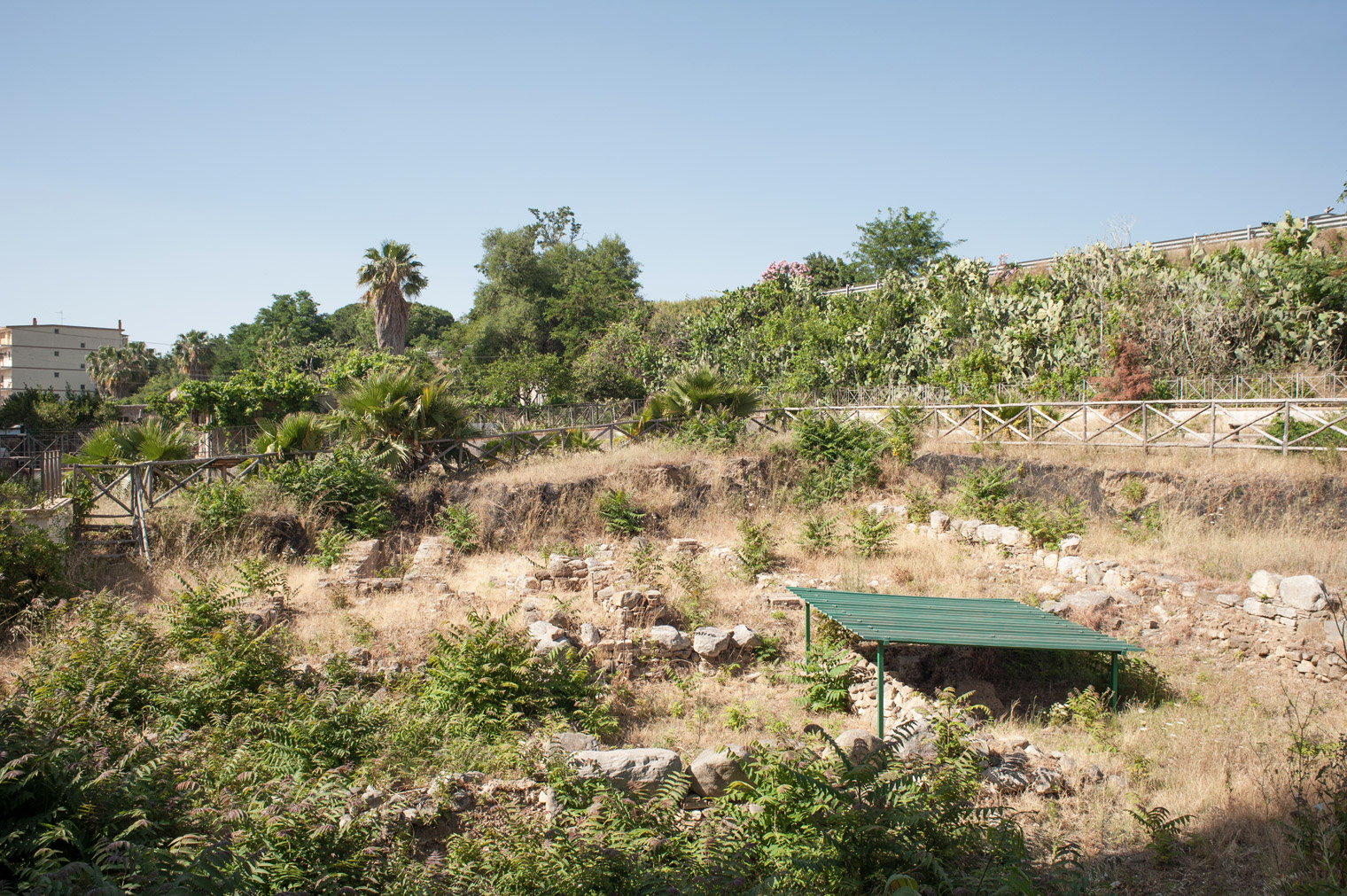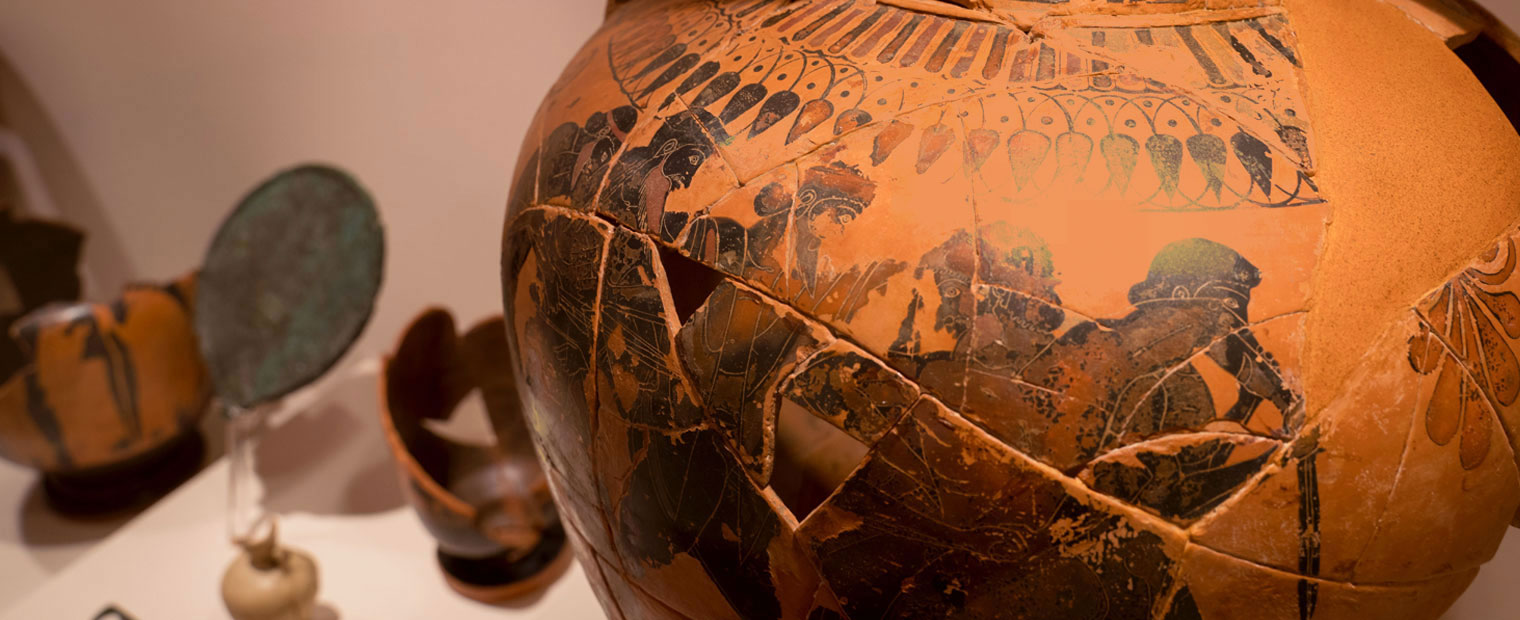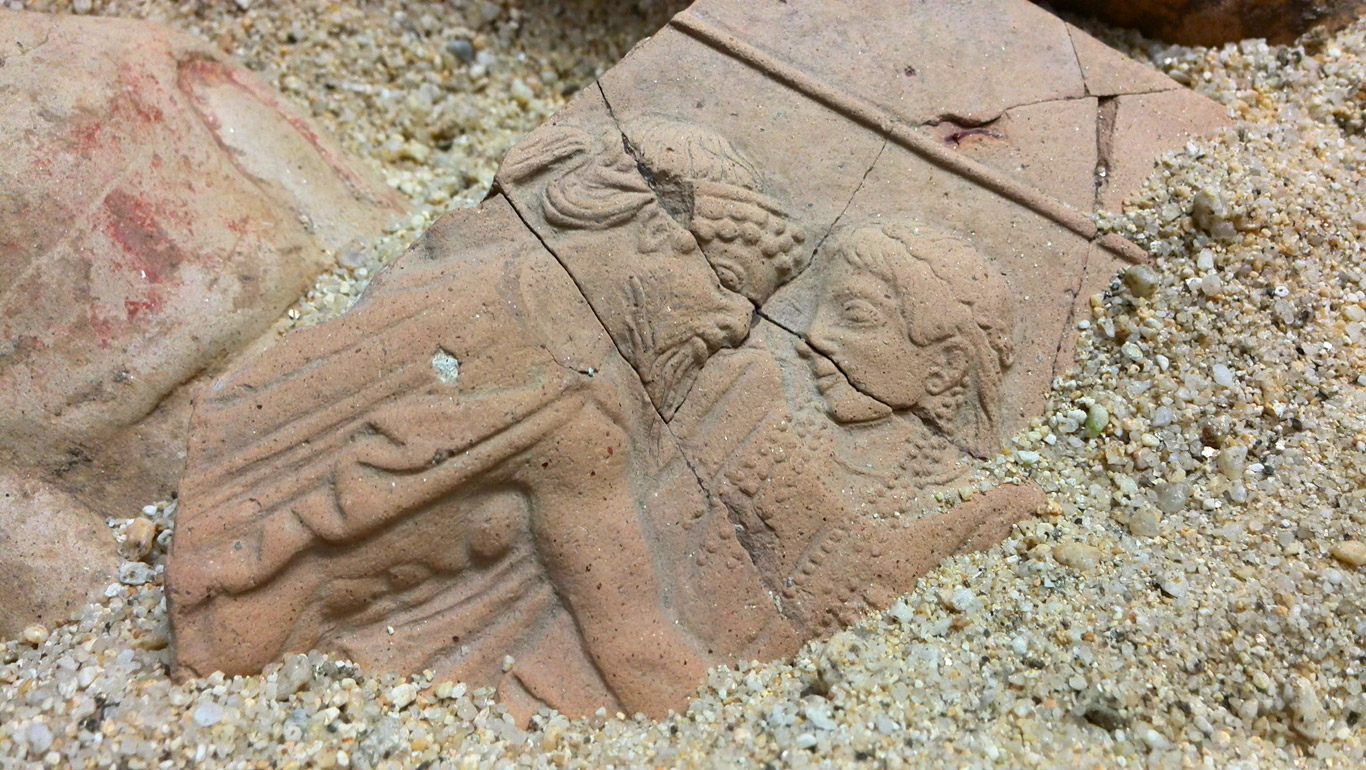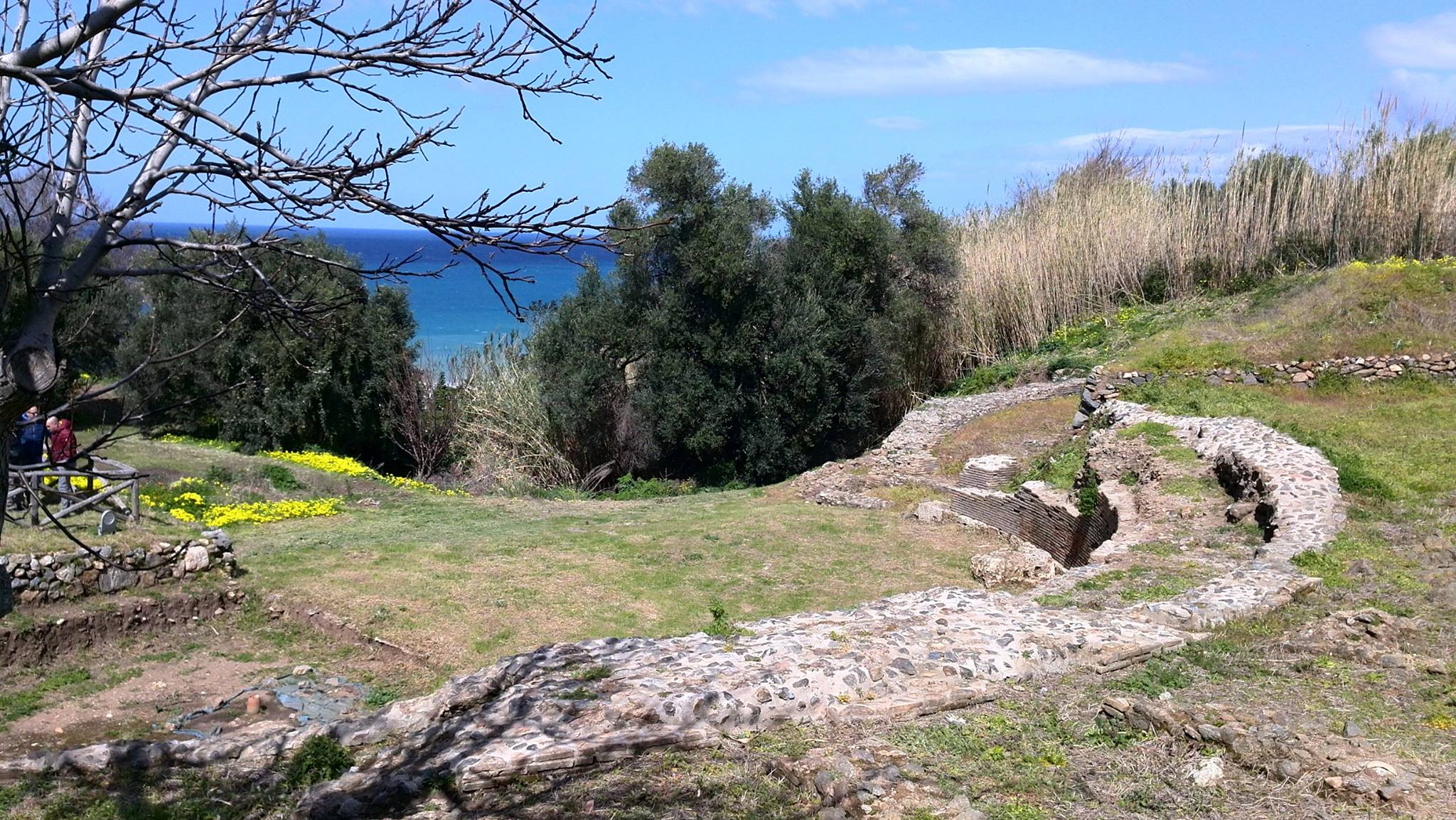The archaeological area of Motta Sant’Agata is located on the hills that surround Reggio Calabria, precisely between towns of Cataforio and San Salvatore, at an altitude of 400 m a.s.l. It was the most important fortified complex in the surroundings of Reggio; according to some historians, it already existed in the protohistoric era, but it definitely flourished in the Byzantine period.

Historical notes
It is hard to say when and who founded it. What we know for sure, based on archaeological finds – tombs, ceramics and coins – is that Sant’Agata has existed since the Greek and Roman periods: in the Middle Ages, during the incursions of the Saracens, it provided shelter against the raids of the Arabs, who eventually succeeded in conquering the city around 921-924 and in 976-977. Little is known about the Norman-Swabian period, whilst numerous documents tell us that during the Angevin domination Sant’Agata retained its independence and did not fall under the feudal yoke of nearby Reggio or other lords.
The ancient Byzantine castrum
Placed in the centre of the cliff, the complex was protected by massive walls and all around it rose the villages where most of the inhabitants lived. Access to the complex was by means of two gates, one on the land side and the other near the coastline. The former was situated to the east, at the top of a precipice reached by a narrow pathway climbing along a rocky ridge. Those who entered through this door came upon the Protopapas Church of Saint Nicholas, the buildings occupied by the authorities, the military quarters, the prison and the Church of Saint Basil. A drawbridge led to lower grounds occupied by the district of Saint Andrew. The “sea” door was located on the cliff on the side of a nearby torrent (probably navigable at the time) and could be reached via a ladder excavated into the rock.
DID YOU KNOW THAT ...?
The name of the city could be of Greek origin and hence came from Agathè – good, admirable – and was subsequently sanctified with the advent of Christianity.
The darkest day
On 5 February 1783, a devastating earthquake destroyed the ancient city almost entirely. Now, about 250 years on, you can still see, on the surviving walls of the Church of Saint Basil, a fragment of a coat of arms and, behind an archivolt inside the church, traces of frescoes. Many elements of the Protopapas Church of Saint Nicholas, also known as the “Catholic” are still extant: its massive outer walls, the apse, the crypt and many tombs located under the floor. Behind the church, on the highest point, rose the castle.
Opening days and hours
Opening by reservation
Tickets
€ 3,00
Contacts
Tel.(+39) 347 8337830 – 331 9052973
e-mail: valeriavara1@gmail.com
http://ww.prolocosansalvatore.rc.it
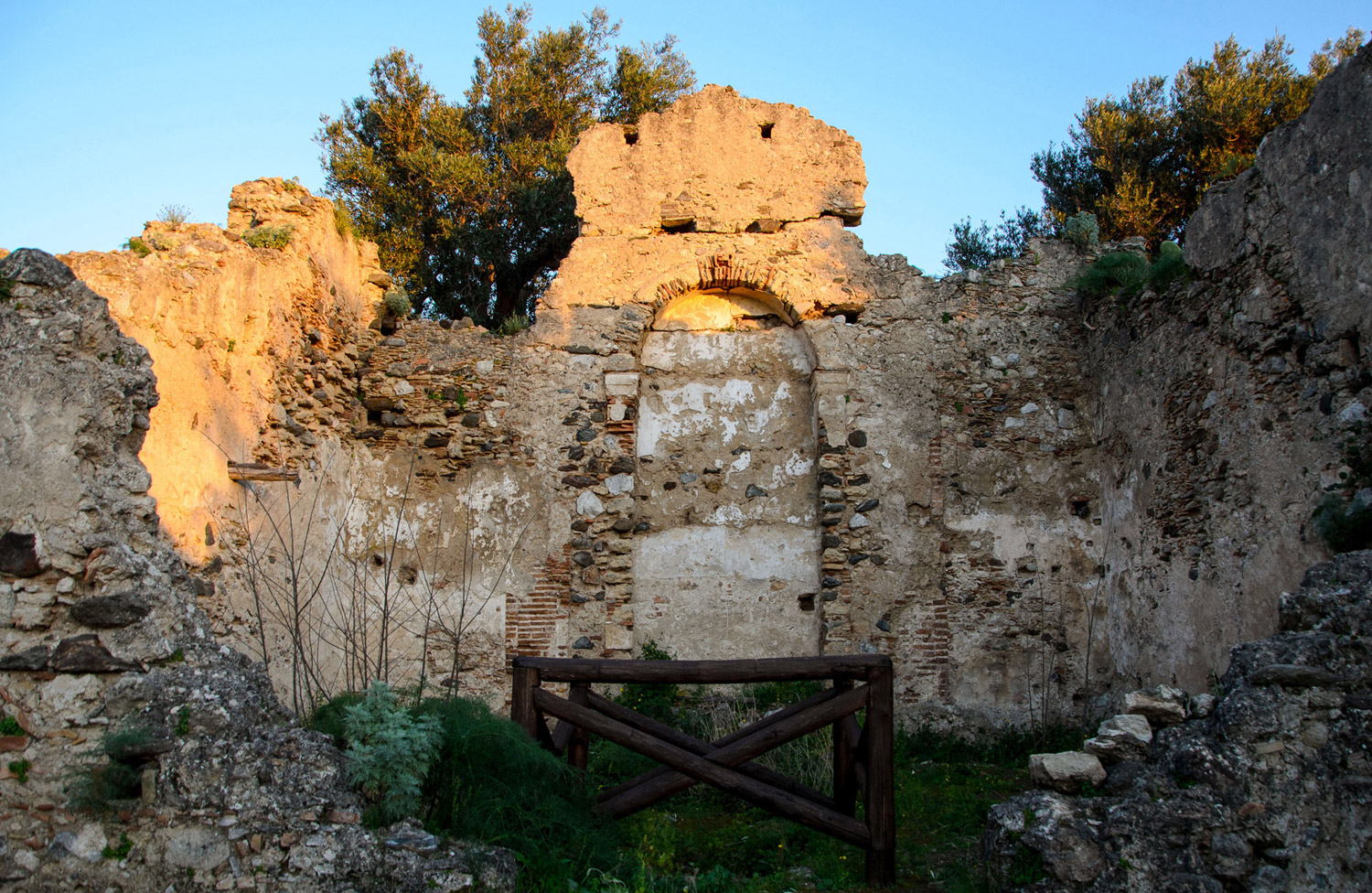
Archaeological Park of Motta Sant’Agata
Via Comunale S. Lorenzello, 137, 89133
Reggio Calabria
